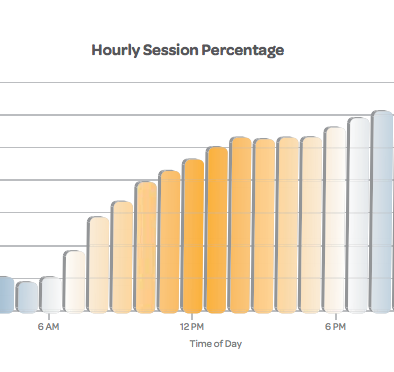Over two in ten internet users worldwide would buy from a brand that a friend “liked” or followed on Facebook or Twitter, according to research conducted by Ipsos in March 2012. That figure is slightly lower in the US, where only 18% of internet users would buy from brands their friends engaged with on social media, as reported by eMarketer.
Age has a significant effect on US consumers’ likelihood to buy from brands endorsed by their friends on social media, with younger consumers more likely to do so. The Ipsos research revealed that 23% of US internet users 35 and under would buy a brand because of a friend’s like/follow on social media, and almost as many in the 35-49 age category would do so as well.
While these numbers aren’t huge, they are significant enough for brands to take note. According to a recent report by Burst Media, nearly half of respondents (49%) liked or followed brands on social media. Why do these consumers interact with brands on social media – is that “like” or follow truly an endorsement of the brand?
Top reasons for engaging with a brand on social media were:
- to show brand support via a “like” or follow (39% overall)
- to stay current with the brand’s latest offerings (50% of moms, 38% of women (non-moms), 24% of men)
- access to special offers, coupons and/or promotions (47% of non-mom women, 40% of moms, just 19% of men)
Other reasons (more popular among moms) include: offering personal opinions or comments about the brand for others to see, sharing brand-related information with family and friends, and interacting with the brand’s customer support/service team.
The Burst Media research also found that social media friends influence purchase decisions. In this study, nearly half (46%) of respondents said that recommendations made by social media friends are very or somewhat influential with regards to brand preferences and/or purchase decisions. Broken down by age group, the majority (60%) of those ages 35-44 were influenced by the recommendations of social media friends and followers, vs. 50% of those ages 18-34, and just 30% of those 45 and older.
Click here for the full report from Burst Media; data was based on a survey of 1,453 U.S. online adults aged 18 or older in May 2012.


